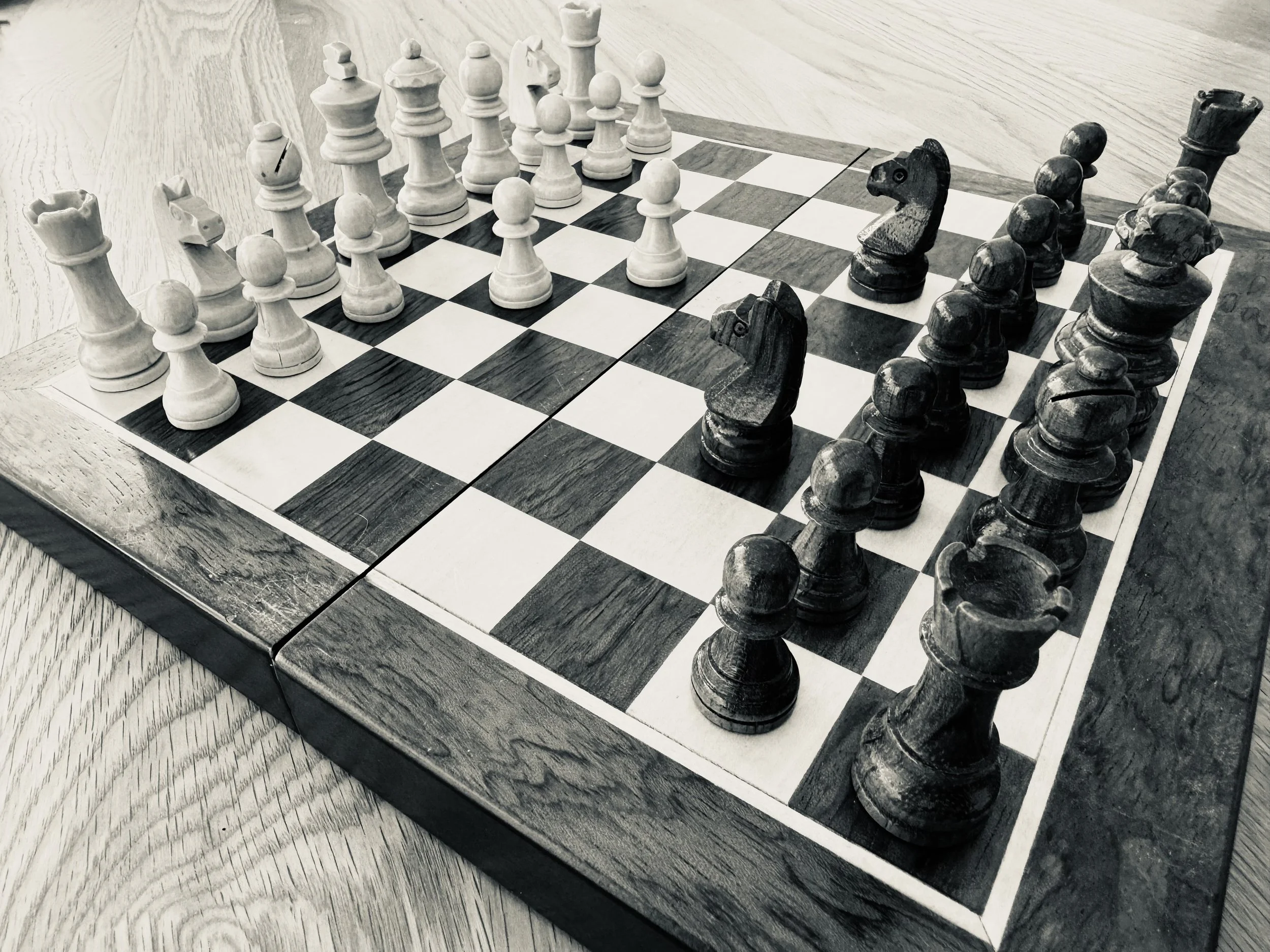Combat sports often appear very chaotic to the untrained eye. It can be difficult to comprehend what’s going on when wrestlers are scrambling and cartwheeling all over the mat or kickboxers are throwing punches and kicks from seemingly impossible angles.
So how can we make sense of all this chaos? Is there a reliable way to simplify what we’re looking at?
Understanding the difference between ‘complicated’ and ‘complex’ systems is a useful place to start. I only very recently grasped this idea after reading a fantastic book titled “The Resilience Shield” written by three former Australian SAS troopers. They point out that something complicated is highly predictable, interconnected and reproducible while something complex is more a collection of different, yet connected variables.
A good example of a complicated system might be an aeroplane which, despite all its sophistication, can essentially be pulled apart and put back together again if we have the requisite blueprint and manufacturing skills. On the other hand a complex system like international aviation has thousands of interacting variables (including complicated airplanes) influencing each other all across the globe in real time. As most of us know even the most complicated planes rarely crash (thankfully) but delays are an everyday occurrence at airports worldwide given the complex nature of their operations.
So how does this thinking apply to combat sports?
A classic example of complicated technique is boxing padwork. The coach or trainer usually calls out or signals a particular sequence which the athlete then performs. With enough repetition these linear padwork drills can take on an almost hypnotic, dance like quality and look very impressive (check instagram!). But when was the last time you saw a boxer throw a perfect 5 or 6 or 7 shot combination against a legitimate, defending opponent in a real boxing match? Never right! So why is that?
Quite simply, boxing is incredibly complex. You have two individuals who can both move in multiple directions so as to fake, feint and hit numerous targets above their opponents waist with their left and right hands. All while simultaneously not being hit themselves! When you add up all the variables in play the number of potential interactions between competitors is staggering. And that complexity only increases when we add in extra weapons like kicks, elbow, knees and the takedowns of MMA.
Currently there is a lot of debate in the jiujitsu community about the value (or lack thereof) of ‘drilling’ moves against a compliant opponent. Most of this debate is centred around competing psychological frameworks that explain learning behaviours, but perhaps we can gather some clues by looking at movement through the complicated / complex framework.
Individual grappling moves may be viewed as complicated. That is, when practising any given technique against a static opponent it is highly predictable and reproducible. Grappling another resistant human being in a competitive match however is complex and for the most part very unpredictable. But not always.
Unlike boxing and other striking martial arts grappling requires we grip or attach to our opponent and the better the attachment the more we can restrict our opponents movement options. As their movement options reduce so does the complexity of the interaction between players and we can start to predict complicated finishing sequences with a much higher degree of success. Let’s consider 2 very different grappling scenarios. Performing a takedown or finishing an armbar submission.
When attempting a takedown both players begin unattached with the ability to move in many directions (in reality only 4 but that is a discussion for another day). As with our boxing example above the number of possible outcomes from this situation is immense. As soon as a grip is established (usually but not always with hands) those movement options are slightly reduced. As attachment and connection to our opponent improves (e.g. single wrist control to a rear body lock) an opponent’s movement options are diminished even further. This process culminates with submissions where we immobilise our opponents torso to attack their limbs. When we get to this end stage of the grappling game our opponent’s movement options are severely (but never completely) restricted which gives us more time and opportunity to execute complicated finishing sequences. In a classic armbar scenario our lower body immobilises the opponent’s upper torso creating time to separate and expose the opponents arm to hyperextend it.
So in summary disconnected, dynamic situations in fighting like striking, standing grappling and open guard play are extremely complex while the more static conditions of end stage submission attempts become more complicated and predictable in nature. Understanding these difference should greatly influence how we choose to coach and train our students as we help them to become proficient and efficient combat sports athletes.
Ben Power
Head Coach





